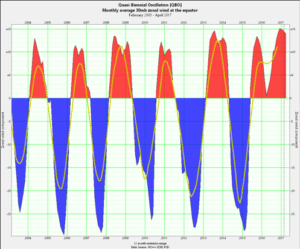As the global agricultural complex has become more interconnected and interdependent, new supply-side threats have emerged in recent years which can stress both production and trans/intercontinental distribution of food, fiber and material derivatives. These risks can have their roots associated with any number of catalysts; among them, weather/climate disruption, geopolitical activity, and natural/manmade disasters, to name a few. Complicating this is the amount of data now available to decision makers, which can serve to obfuscate rather than enlighten. As a result, for those involved in managing physical and financial commodity risk, traditional management measures are no longer sufficient. Understanding the increasingly complex global supply chains now requires a new lens, allowing for the separation of signal from noise.
Research into the risks and opportunities associated with the global agricultural value chain shows that today’s physical commodity analysis is increasingly making use of alternative data and techniques to aid in decision making. However, many of these tools are not in the purview of those responsible for risk management. At Atlas Research Innovations, we approach risk using a process that has evolved to make use of discretionary, scientific and quantitative elements, resulting in a distinctive view on global commodities. As global food and natural resource security become more prominent for corporations, traders, banks and governments, we feel that this approach will be adopted across all commercial and technical sectors. While the commercial applications are the focus of this paper, the same methodologies can be used to identify regions where short crops can trigger situations leading to food insecurity for vulnerable populations.
